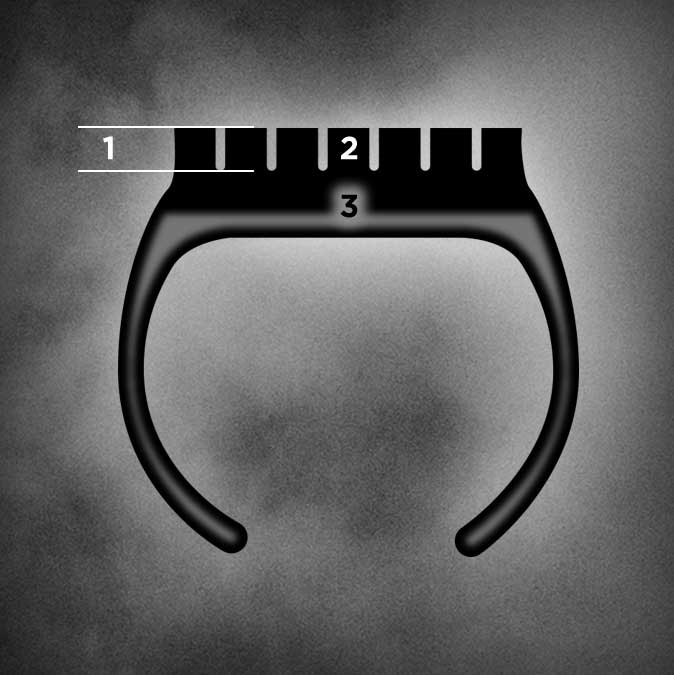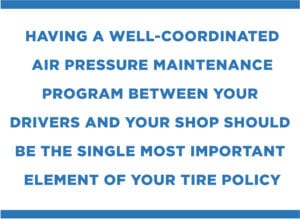

Efficiency in reduced fuel consumption is a major consideration for fleets that are strictly over the highway. The longer the route, the more important fuel efficiency becomes as it relates to the tires chosen. This is why the engineers at Triangle Tire are constantly working on improving the fuel efficiency of our TBR tires.
 Our Approach
Our Approach
The key to reducing the rolling resistance of a tire is accomplished with three variables:
1. Tread depth
2. Tread compound
3. Casing design parameters
The combination of these variables is manipulated and continuously tested and evaluated to achieve ever increasing fuel efficiency through the reduction of rolling resistance. This is a constant balancing act to achieve ever increasing fuel economy without sacrificing mileage and vice-versa.
Historically, the easiest way to reduce rolling resistance was to reduce the tread depth of the low rolling resistant (LRR) tire; therefore, fewer miles. As LRR tires have gained in popularity, tire manufacturers like Triangle have been able to increase the tread depths of LRR steer and drive tires and still maintain, or even increase, fuel savings with newer tread compounds and enhanced casing designs. In most cases in today’s world, LRR tires are capable of achieving comparable or better overall mileage than conventional non-LRR tires.
Fuel efficiency has over the years evolved to a higher level and will continue to evolve as fuel economy has been and still is a priority of paramount importance to commercial fleet operators. Fuel is still one of the top expenses to running a commercial fleet and even the slightest increased savings can mean substantial annual savings.
So what is the average fuel economy benefit of a LRR tire versus a standard tire? It is very difficult to put even an average percentage of fuel savings on LRR tires vs. standard tires as the savings vary dramatically from one fleet to another based on type of haul, air pressure maintenance, and overall fleet equipment maintenance; however, there is an overall accepted average of 5% to 7% savings in fuel by converting an entire fleet to LRR tires.
Keep in mind, however, that this is based on diligent strict air pressure and vehicle mechanical maintenance. For a fleet to determine their actual fuel savings by running LRR tires they must be diligent in monitoring and recording results in a controlled environment.
What Fleets Can Do
 Tires are, indeed, a big part of the fuel efficiency equation for trucking fleets. They account for up to 13 percent of the drag on forward motion of a vehicle.
Tires are, indeed, a big part of the fuel efficiency equation for trucking fleets. They account for up to 13 percent of the drag on forward motion of a vehicle.
Tire manufacturers are doing their part, and fleets also have a big role to play. Nothing is more important than maintaining a stringent air pressure regiment. Under-inflated tires increase fuel consumption to the tune of 1% MPG for every 10 psi.
Having a well-coordinated air pressure maintenance program between your drivers and your shop should be the single most important element of your tire policy and is very easy to administer. It has the biggest impact on your fleet costs associated with tires, including fuel consumption. The air pressure monitoring program needs to happen throughout the entire life cycle of the tire, including through the retread cycle.
It is important to check cold inflation pressure as frequently as possible because truck tires lose up to two PSI per month. In addition, truck tires change 1 PSI for every 10 degrees F and every 2,000 feet of altitude change.
If you regularly run your tires on their prescribed loads and keep an eye on vehicle maintenance, you will see a substantial return on your time investment.